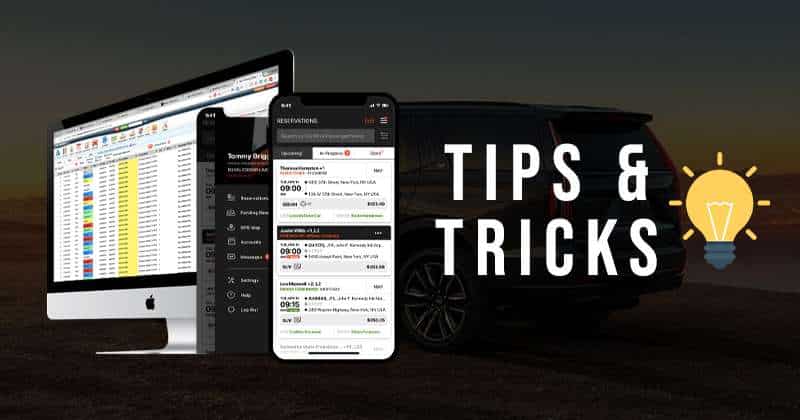Introduction
In the dynamic world of limousine services, staying ahead of the competition requires constant innovation and adaptability. One of the most significant advancements in the industry is the adoption of remote dispatching technology. This practical guide explores the ins and outs of remote dispatching for limousine services, offering a roadmap for companies looking to harness the power of technology to enhance their operations, improve customer satisfaction, and drive growth.
Understanding Remote Dispatching
Remote dispatching is a technology-driven approach to managing the logistics of a limousine service. It involves the use of software, GPS tracking, and communication tools to streamline the dispatch process. Instead of relying solely on manual coordination and phone calls, remote dispatching empowers companies to automate tasks, make data-driven decisions, and offer a more efficient and customer-centric experience.
Key Components of Remote Dispatching
To effectively implement remote dispatching in your limousine service, you’ll need to understand its key components:
- Dispatch Software: Invest in modern dispatch software that integrates with your fleet management system. This software will help you assign vehicles to jobs, optimize routes, and track your fleet in real-time.
- GPS and Tracking: Equip your vehicles with GPS devices to monitor their locations continuously. This information is critical for real-time tracking, route optimization, and ensuring the safety of both drivers and passengers.
- Communication Tools: Implement communication tools such as mobile apps, text messaging, and integrated communication platforms to facilitate seamless interaction between dispatchers, drivers, and clients.
- Data Analytics: Utilize data analytics to gather insights from your operations. Analyzing data can help you make informed decisions, optimize routes, and predict customer demand more accurately.
- Safety Measures: Ensure that your remote dispatching system includes safety features, such as emergency response protocols and driver accountability measures.
Practical Steps to Implement Remote Dispatching
Here’s a step-by-step guide to implementing remote dispatching in your limousine service:
- Evaluate Your Current System: Assess your existing dispatching system to identify its strengths and weaknesses. Determine which aspects can benefit from automation and technology.
- Invest in the Right Software: Select dispatch software that aligns with your company’s needs and goals. Look for solutions that offer scalability and integration with your existing technology stack.
- Train Your Team: Provide comprehensive training to your dispatchers and drivers to ensure they can effectively use the new technology. Training should cover software usage, safety protocols, and customer communication.
- Set Up Real-Time Tracking: Install GPS devices in your vehicles and configure them to provide real-time tracking data to your dispatch software. This step is crucial for optimizing routes and ensuring timely arrivals.
- Establish Communication Channels: Implement communication tools that enable instant updates and notifications between dispatchers, drivers, and clients. Ensure all parties are well-informed throughout the service.
- Monitor and Adapt: Continuously monitor the performance of your remote dispatching system. Collect and analyze data to identify areas for improvement and adapt to changing customer demands.
Benefits of Remote Dispatching
Implementing remote dispatching technology can bring numerous benefits to your limousine service, including:
- Enhanced Customer Experience: Real-time tracking, efficient scheduling, and seamless communication lead to improved customer satisfaction and loyalty.
- Operational Efficiency: Automation reduces manual errors, optimizes routes, and lowers operational costs, ultimately increasing profitability.
- Safety and Security: GPS tracking and communication tools enhance driver safety and provide a quick response to emergencies.
- Scalability: Remote dispatching systems offer flexibility, making it easier to scale your operations to meet growing demand or expand to new locations.
- Competitive Advantage: Companies that embrace remote dispatching gain a competitive edge, attracting more clients and standing out in the market.
Conclusion
Remote dispatching is the future of limousine services. By adopting modern technology and best practices, you can streamline your operations, deliver exceptional customer experiences, and position your company for growth and success in a highly competitive industry. This practical guide serves as your roadmap to implementing remote dispatching effectively, ensuring your limousine service remains at the forefront of innovation and customer satisfaction.





